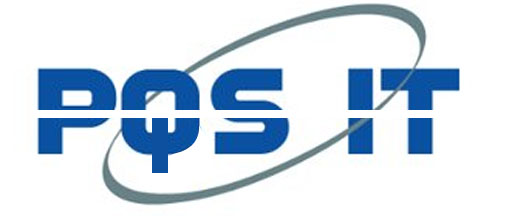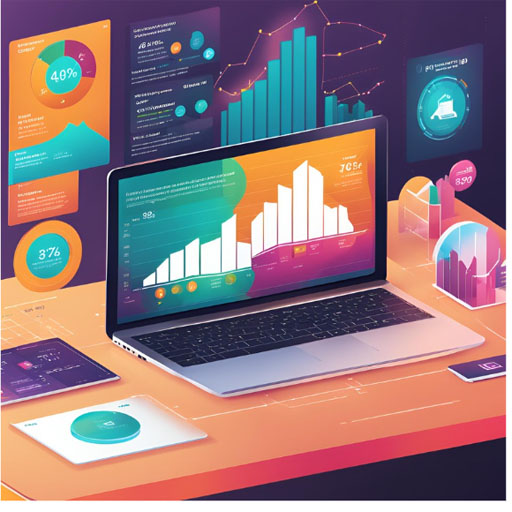Microcredit software is designed to manage and facilitate microfinance operations, which focus on providing small loans (microloans) to individuals or small businesses, particularly in underserved communities. Microfinance institutions (MFIs) use this software to streamline loan disbursement, track repayments, monitor loan performance, and manage client portfolios.
Here are key features typically found in microcredit software:
1. Loan Management
- Loan Application Processing: Handles borrower applications and automates the approval process based on pre-set criteria.
- Disbursement Tracking: Tracks loan disbursements to ensure that funds are released to borrowers on time.
- Repayment Scheduling: Provides flexible repayment terms and schedules, and monitors payments.
- Interest Calculation: Supports different interest calculation methods, including flat or declining balance rates.
2. Client Management
- Customer Profiles: Maintains detailed profiles for borrowers, including personal information, financial history, and creditworthiness.
- Group Lending: Supports group lending models, where loans are disbursed to a group of individuals who share responsibility for repayments.
- Credit Scoring: Uses various parameters to assign a credit score to potential borrowers.
3. Accounting and Financial Management
- Financial Reporting: Generates financial statements such as balance sheets, income statements, and cash flow reports.
- Loan Portfolio Management: Tracks the performance of the institution’s loan portfolio, including overdue loans, defaults, and loan recovery.
- Fund Management: Monitors fund allocation and usage within the institution.
4. Compliance and Reporting
- Regulatory Compliance: Ensures that the institution complies with local and international financial regulations.
- Audit Trails: Provides detailed logs of financial transactions and loan decisions for audit purposes.
- Data Export/Import: Integrates with other systems for data import and export, supporting compliance with reporting standards.
5. Analytics and Reporting
- Customizable Dashboards: Displays real-time data on loan performance, repayments, and client activity.
- Risk Assessment Tools: Assesses the financial risk involved in lending decisions.
- Impact Tracking: Measures the social and economic impact of loans on borrowers.
6. Mobile and Remote Access
- Mobile Loan Management: Some software offers mobile apps that allow agents to collect loan applications and repayments in the field.
- SMS and Mobile Payments: Allows borrowers to make repayments through mobile payments or receive notifications via SMS.
7. Security and Data Protection
- Encryption: Protects sensitive borrower data through encryption and other security protocols.
- Role-Based Access: Provides different levels of access to users based on their roles in the organization.


